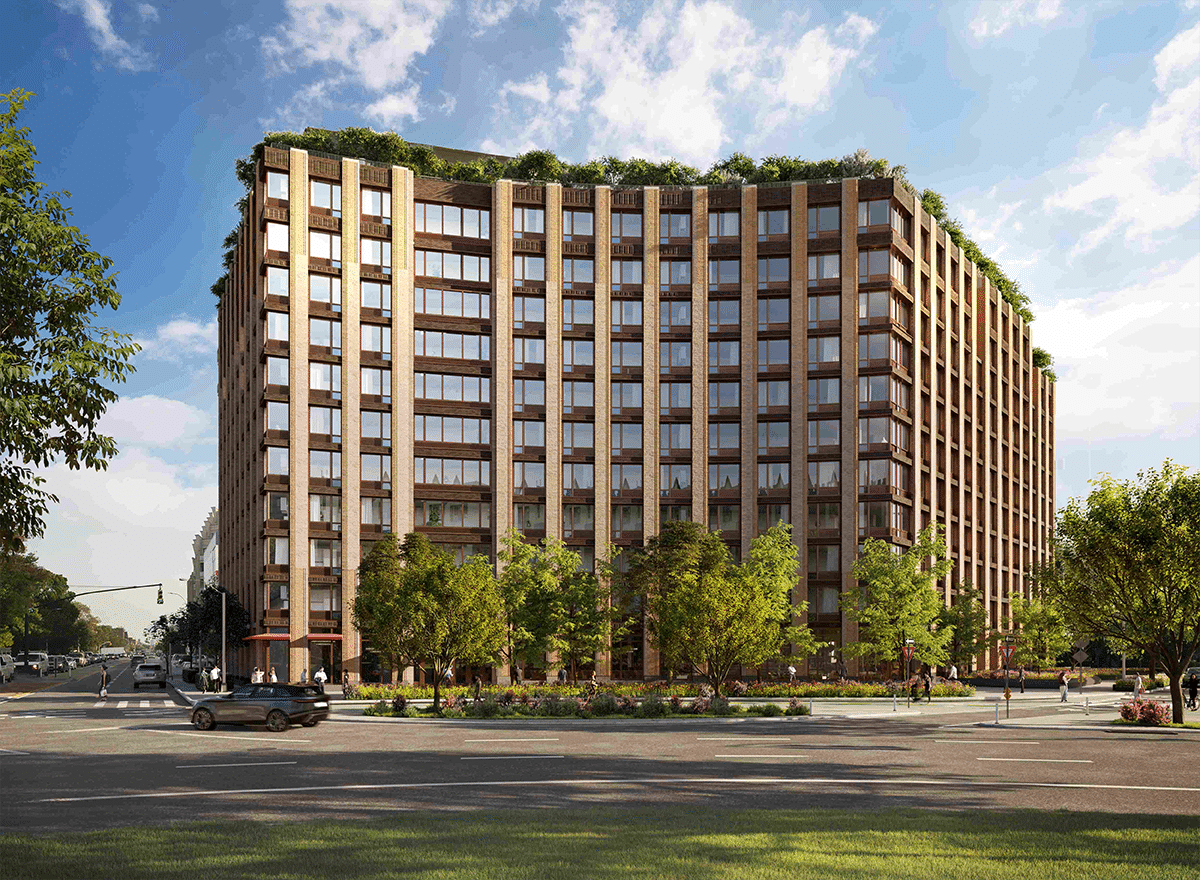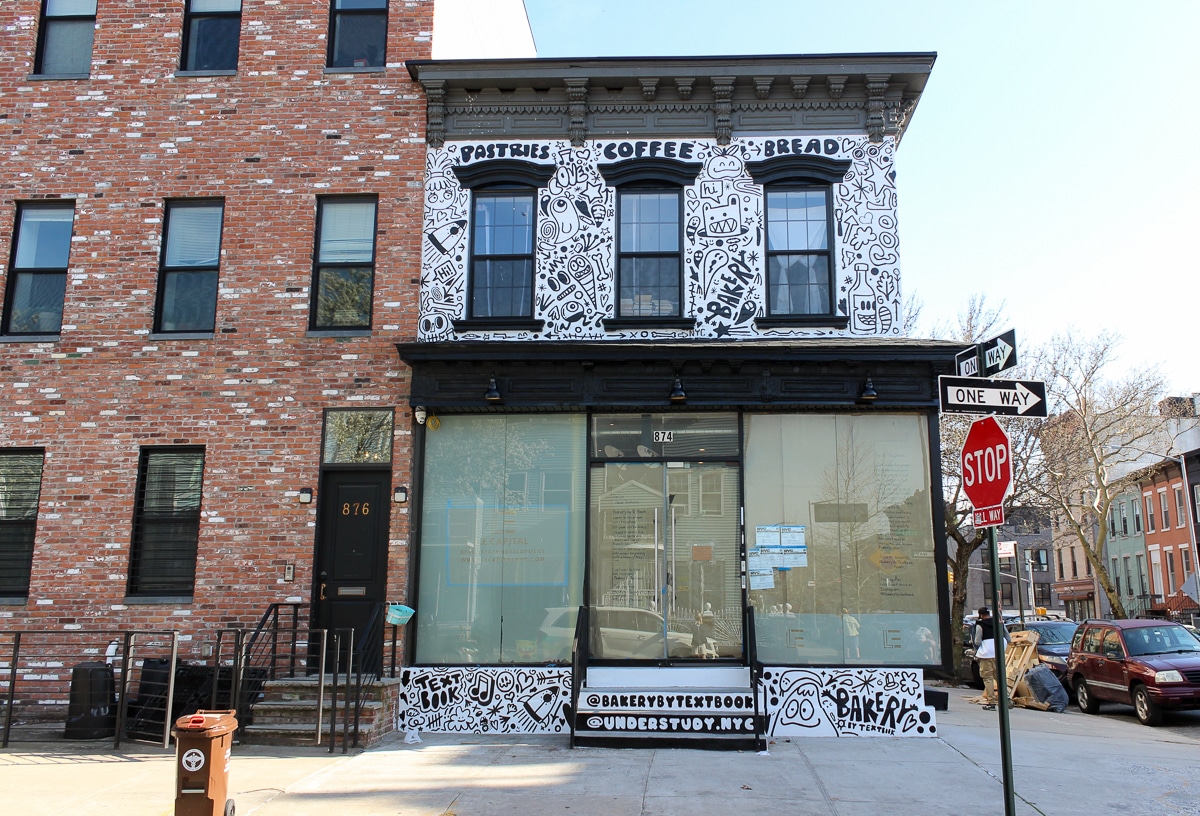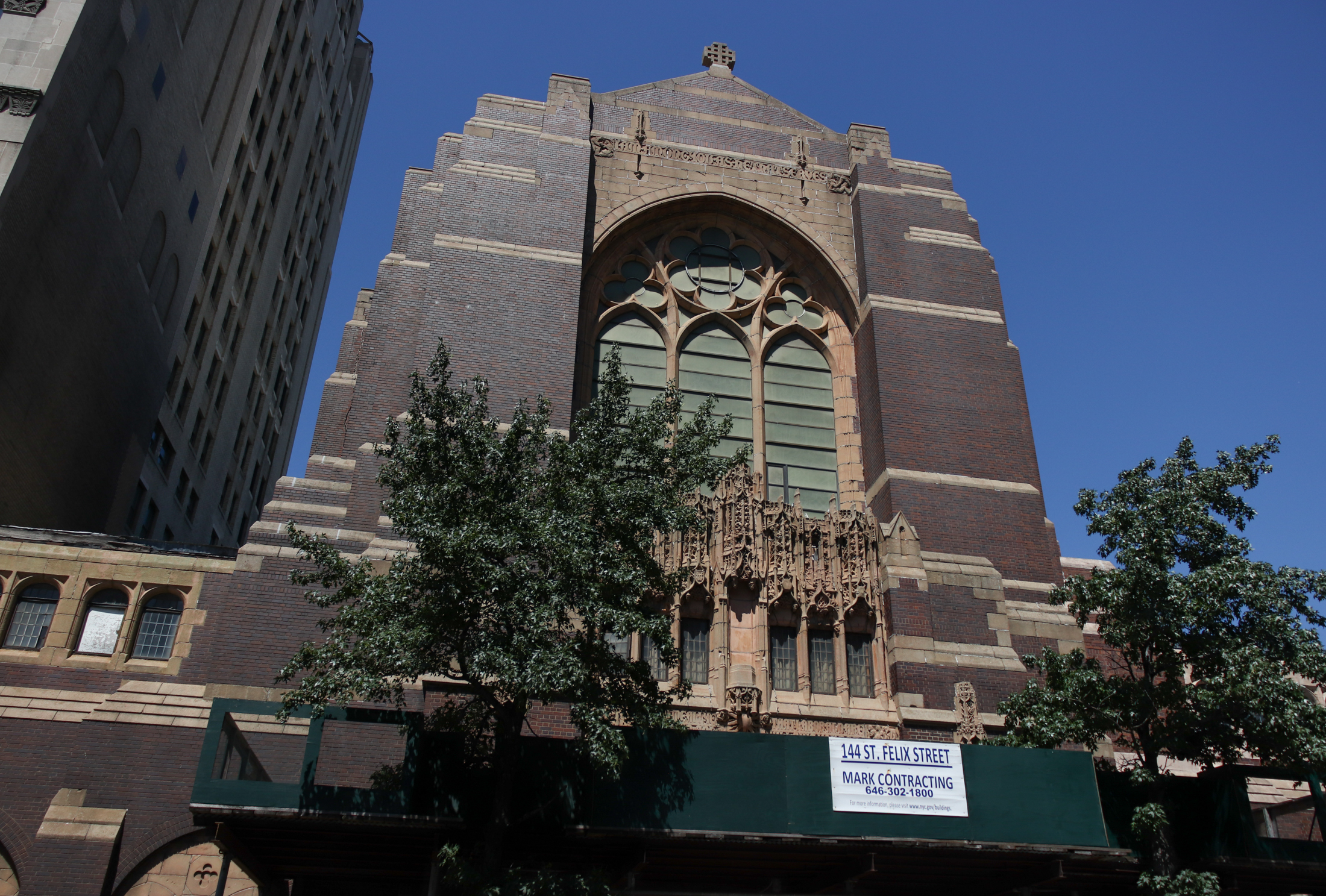Building of the Day: 257 Clermont Avenue
Brooklyn, one building at a time. Name: Row house Address: 257 Clermont Avenue Cross Streets: Willoughby and DeKalb Avenues Neighborhood: Fort Greene Year Built: 1867 Architectural Style: Italianate Architect: Perhaps Michael Murray, who built almost identical houses next door at same time Landmarked: Yes, part of Fort Greene HD (1978) The story: This house is…

Brooklyn, one building at a time.
Name: Row house
Address: 257 Clermont Avenue
Cross Streets: Willoughby and DeKalb Avenues
Neighborhood: Fort Greene
Year Built: 1867
Architectural Style: Italianate
Architect: Perhaps Michael Murray, who built almost identical houses next door at same time
Landmarked: Yes, part of Fort Greene HD (1978)
The story: This house is your typical Italianate brownstone, so familiar to Fort Greene. It was built in 1867, along with its twin, 259. The houses were also built at the same time as the group on the other side; these constructed by a local builder and named Michael Murray. All of them share the same cornices, shelf lintels, “eyebrow” lintels and other details. They differ only in the floral ornamentation on the brackets that support the front entrance pediment.
No sooner than the house was completed, the owner, local landowner Maria Spader sold the house to Patrick C. Keely, probably the most important architect in Catholic America. Keely was born in Kilkenny, Ireland in 1816, and came to the United States when he was about 24 or 25 years old. His father had been a builder and architect, and Keely got his training from him, aiding his father in design and construction of church buildings in Ireland.
Keely settled in Brooklyn, where he worked as a carpenter and wood carver. He was very talented, and also very devoted to the Church, with many friends in the clergy. One of them, Rev. Sylvester Malone, asked Keely to design the new church he had just been assigned to; the Church of Sts Peter and Paul, in Williamsburg. This would be Keely’s first commission, which put him on the path to many, many more.
Keely soon developed a reputation in the offices of Catholic bishops and their dioceses for not only talent, but scrupulous honesty, thrift and timeliness. All important traits for the Church, which was growing in strength and numbers in America as millions of Catholic immigrants came to America in the 19th century. Keely worked mostly on Irish Catholic churches, and there were certainly plenty of those going up, from Brooklyn and New York City to Albany, Boston, Providence, Hartford, Chicago, Charleston and more.
It is estimated that Keely designed every Catholic cathedral in New York State, with the exception of St. Patrick’s in Manhattan. All in all, throughout the course of his career, he designed over 600 churches, rectories, schools, convents, orphanages and other church buildings. That’s an amazing legacy. His churches in Brooklyn include St. John the Baptist, including the seminary and college buildings, in Bedford Stuyvesant, St. Anthony’s in Greenpoint, Sacred Heart and St. Stephen’s in Carroll Gardens, St. Charles Borromeo in Brooklyn Heights, and St. Vincent DePaul in Williamsburg. One of his few non-Catholic churches was the Church of the Redeemer, on 4th Avenue, near Atlantic Yards, now sadly slated to be demolished.
Keely’s buildings were massive, when possible, and usually had very high raised basements that could be used as churches while funds were collected for the upper stories, and while those stories were being built. He liked rough cut stone designed in a simplified Gothic style, as well as brick, and his churches were a mixture of both materials. They are all powerful designs, and extremely well-built.
Once Keely moved here in 1867, he never moved again. His largest project, a great cathedral for Fort Greene was to be blocks from here, but was never built. His children grew up here. His son Charles became an architect in his firm, joined by his son-in-law James Houghton, himself an important Brooklyn architect, with many prominent churches on his roster. Charles died of pneumonia in 1889, dying in Hartford while working on a church there. He had assisted his father on many of the churches attributed to Patrick Keely. Charles was only 37, but already had 100 church projects under his belt. He might have surpassed his father, had he lived.
Patrick Keely died here at home, on August 11, 1896. He was 80 years old. His last four or five years had seen him an invalid in his home, and it was thought that the extreme heat of the summer was a cause in his death. Although he certainly could have designed a fine mansion for himself, or could have left Brooklyn for a country estate, he never did, choosing to remain in the only city in America he called home.
Sometime in the latter part of the 20th century, someone painted this brownstone white. It’s white in the 80s tax photo, and in Property Shark’s 2005 photo. Thank goodness someone had the paint stripped, and the house restored to its original beauty. I’ve passed this house many times, never knowing that Patrick Keely lived here for almost 30 years. There should be a plaque or something. He was one of Brooklyn’s greats. GMAP
(Photograph:Nicholas Strini for Property Shark)










What's Your Take? Leave a Comment